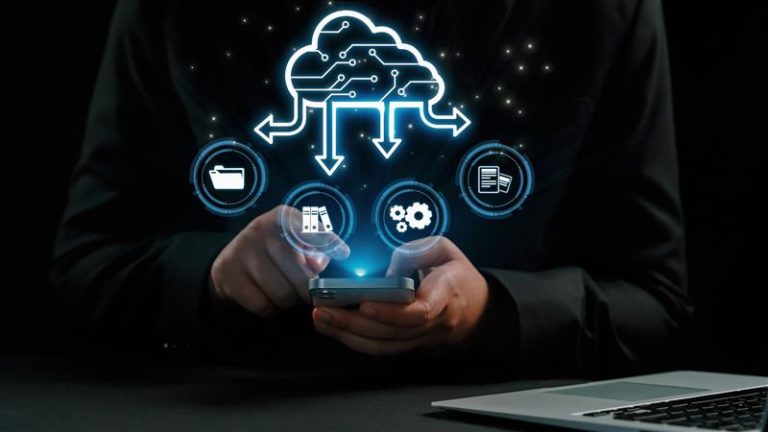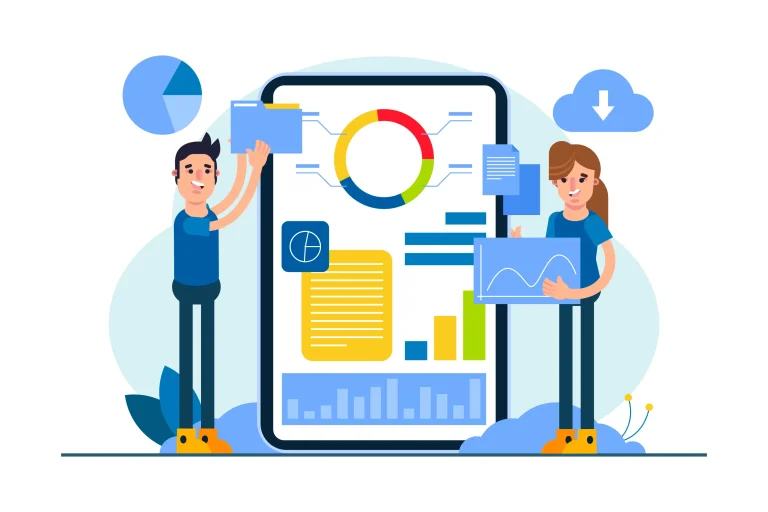The Psychology Behind Clicks: How Consumer Behaviour Shapes Digital Strategy

Introduction
In the digital age, every click tells a story. Behind each tap, swipe, or scroll lies a complex interplay of emotion, cognition, and habit. Yet too often, marketers chase metrics – CTR, bounce rate, time on page without decoding the psychology that fuels them.
To build truly impactful digital strategies, brands must stop thinking in impressions and start thinking in intention. This blog unpacks how behavioural psychology is redefining modern marketing and how understanding the why behind the click can transform everything from your landing pages to your loyalty programs.
Introduction: From Clicks to Cognition
In digital marketing, a click is never “just a click.” It’s a micro-decision, made in milliseconds, influenced by a cascade of psychological cues.
When you understand that every visitor is a thinking, feeling human, not just a data point, you begin to realize:
- Why a red CTA outperforms a green one
- Why a 10% discount converts better when framed as “limited time”
- Why users trust a blog post more when it has 2,000+ words and outbound citations
Cognitive Biases in Digital Behaviour
Humans are not rational decision-makers, we’re predictably irrational. Let’s explore some key cognitive biases that shape online interactions:
Anchoring Bias
We fixate on the first number we see. So, if your product was “₹1999” and now “₹999,” the deal feels better, even if ₹999 is still premium.
Choice Paralysis
Offering too many options? Visitors freeze. The sweet spot? Three well-curated choices with one “recommended” option.
The Primacy Effect
The first thing users see – your headline, your first offer, sets the tone. Nail it.
Loss Aversion
People fear losing more than they value gaining. “Don’t miss out” converts better than “Act now.”
The Role of Emotion in Click Decisions
Emotion drives action. A study by Harvard Business School found that 95% of purchasing decisions are subconscious, ruled by emotional triggers.
Joy = Share
Positive content spreads. Think memes, inspiring stories, feel-good brand videos.
Fear = Action
Fear of missing out, of being wrong, of regret – these push urgency.
Anger = Engagement
Controversial headlines? They spark clicks, comments, and chaos (use wisely).
Emotions amplify engagement. A successful digital strategy doesn’t just inform, it moves.
Habit Formation and UX Design
Behavioural psychology meets product design through habit loops: Cue → Routine → Reward.
Great UX encourages repetition:
- Cue: Notification or email
- Routine: User logs in, clicks CTA
- Reward: Visual feedback, points, confirmation
Apps like Instagram, Duolingo, and Amazon don’t just win users. They train behaviours through neuroscience-backed patterns.
Pro Tips:
- Use progressive disclosure (show only what’s needed now)
- Reward micro-interactions (likes, progress bars, badges)
- Ensure frictionless pathways (1-click checkout is genius)
Scarcity, Urgency, and Fear of Missing Out (FOMO)
Psychologically, scarcity signals value. This is why countdown timers, low stock alerts, and flash deals work.
Examples:
- “Only 3 left in stock!”
- “Offer ends in 2 hours”
- “100 people are viewing this now”
But beware, manufactured urgency can backfire. The key is authentic scarcity + emotional alignment.
Trust, Authority, and Social Proof in the Digital Arena
Users ask one silent question before clicking: “Can I trust this?”
Trust Builders:
- HTTPS and clean design
- Customer reviews and testimonials
- Certifications and media mentions
- Influencer validation (“As seen on Shark Tank”)
Authority Bias
People trust experts and brands with perceived knowledge. Showcase your expertise through thought leadership and case studies.
Personalization vs Privacy: Walking the Tightrope
Consumers love content that feels made for them. But go too far, and it feels intrusive.
Good Personalization:
- “Hi (Your Name), based on your last purchase…”
- “We saved your cart, ready when you are.”
Creep Factor:
- “We saw you looking at X while in Bangalore at 3:42 PM…”
Balance relevance with respect. Use first-party data with transparency and always give users control.
Micro-Moments and Mobile Behaviour
In a mobile-first world, clicks are fleeting, but meaningful. Google’s concept of micro-moments (I-want-to-know, go, do, buy) defines how intent shapes interaction.
Your digital content must be:
- Fast(load under 3 seconds)
- Helpful(clear and concise)
- Accessible (finger-friendly buttons, clear CTAs)
Click-Worthy Content Psychology
You can have the best offer in the world, but if your content doesn’t click, nothing else matters.
Headline Psychology
Use curiosity, specificity, and emotion:
- Bad: “New CRM Features”
- Good: “7 CRM Features That’ll 10x Your Sales in 2025”
Visual Triggers
Humans process visuals 60,000x faster than text. Use imagery that reinforces your message and guides the eye.
Pattern Interrupt
Break the expected with emojis, colour changes, or a surprising question:
“Still sending follow-up emails manually?”
Using Behavioural Data to Refine Digital Strategy
Once you understand the psychology, track how it performs.
Tools to Watch:
- Google Analytics 4: Behaviour flow, engagement rate
- Hotjar/Clarity: Heatmaps, click tracking
- A/B Testing: Headlines, CTAs, layouts
- CRM Insights: Customer journeys and attrition points
Metrics to Watch:
- Time to first click
- Scroll depth
- Abandonment rate
- Repeat behaviour
Use these insights to fuel iterative improvements, turning assumptions into optimizations.
Ethical Implications of Psychological Targeting
Using psychology to influence behaviour isn’t inherently unethical. But manipulation is.
Ethical Marketing:
- Respects user autonomy
- Provides value without coercion
- Encourages positive behaviours (e.g., healthy habits, savings)
Unethical Triggers:
- Dark patterns (forced subscriptions, bait-and-switch)
- Fear-based exploitation
- Fake scarcity or social proof
Brand loyalty is built on trust, not trickery.
Final Thoughts: The Click as a Conversation Starter
The click isn’t the finish line; it’s the handshake that begins the customer journey.
In an age of AI, algorithms, and automation, it’s easy to forget you’re not selling to devices. You’re engaging with humans, driven by emotion, bias, curiosity, and context.
The brands that win are those that:
- Understand why people click
- Build strategies around behaviour
- Craft experiences that feel intuitive, empathetic, and personal
So, the next time someone clicks on your ad, email, or landing page, don’t just measure it. Decode it.
Table of content
- Introduction
- Introduction: From Clicks to Cognition
- Cognitive Biases in Digital Behaviour
- Habit Formation and UX Design
- Why Micro-Moments Matter in 2025 and Beyond
- The Mobile-First Consumer and Instant Gratification
- Micro-Moments vs Traditional Funnels
- Building a Micro-Moment Marketing Strategy
- Tools and Technologies to Capture Micro-Moments
- Measuring Success in the Moment Economy
- The Future of Micro-Moments: AI, Voice, and Predictive Marketing
- Final Thoughts: Small Moments, Massive Impact










